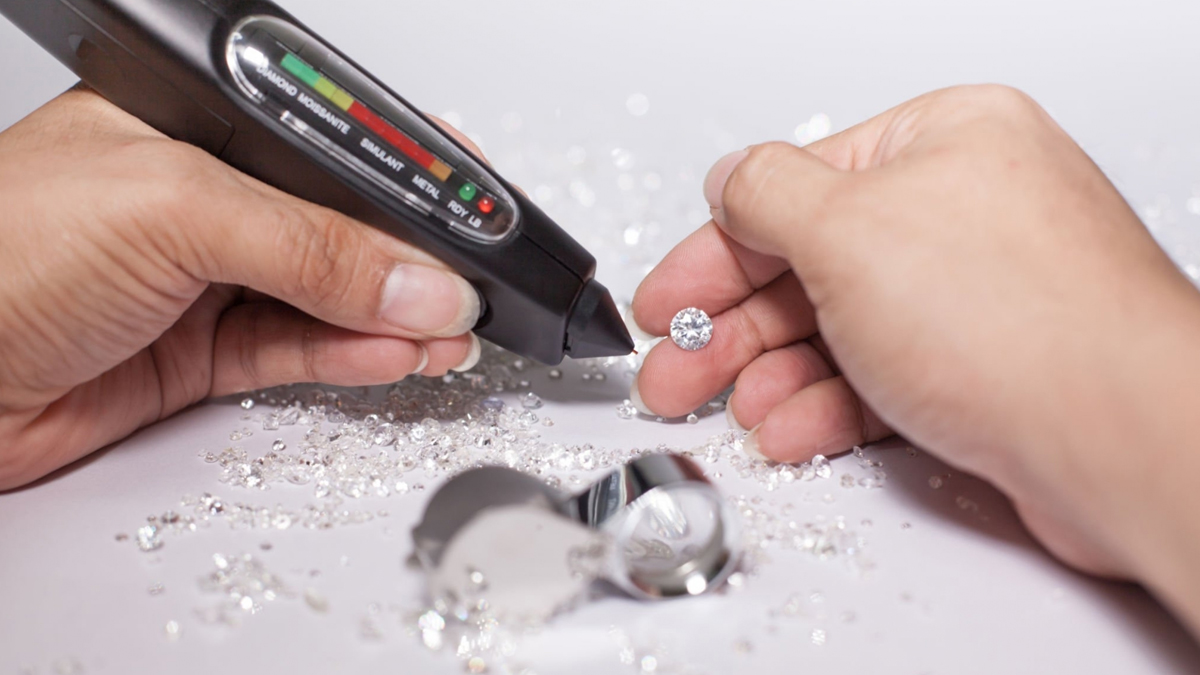o maximize your budget. Man-made diamonds, such as lab-grown engagement rings and jewelry, are gaining popularity due to their affordability and ethical production. But do these gorgeous stones pass the same quality-control checks as natural diamonds? Diamond testing can verify whether or not a diamond is real.
Diamond testing is an efficient way to determine if you have a fake diamond. But can lab-created diamonds be identified as real?
The quick answer is yes. Lab grown diamonds have the same crystal structure, hardness, and refractive index as natural diamonds.
The fundamental distinction between the two is their origin. But first, let's dig a little deeper into this topic to find out why. Continue reading to learn more about lab created diamonds, and diamond testers.
How Does a Diamond Tester Work on Lab Diamonds?
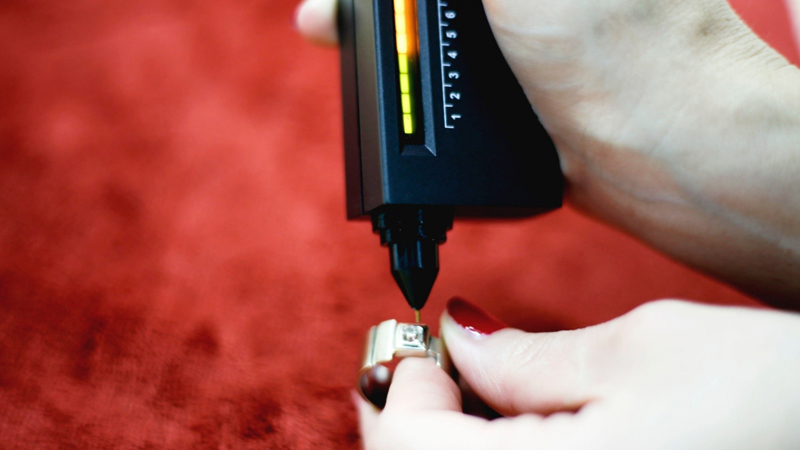
How do you identify if a diamond is real or fake? Many people believe they can determine if a diamond is real or fake just by looking at it. However, in reality, most people are unable to accurately make this distinction. A trained gemologist can use a microscope to check if the shiny rock is valuable or not.
So how are the rest of us to find out? One of the most effective methods is to use a diamond tester! There's a small device that helps you find out if your diamond is real, using heat or electricity.
What Is a Diamond Tester?
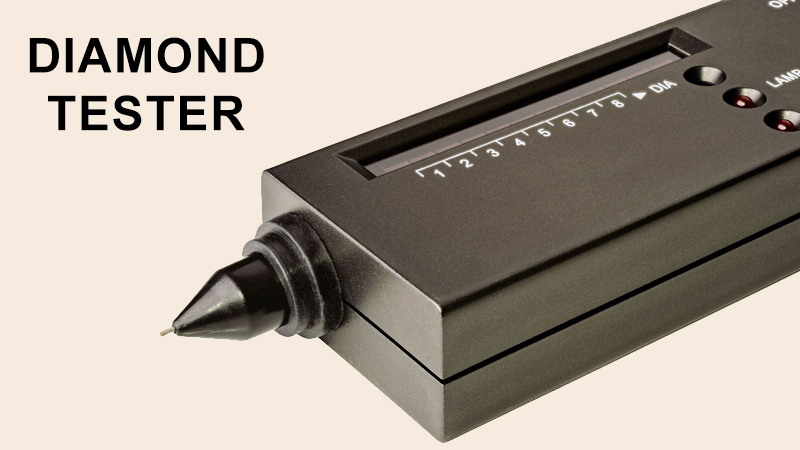
A "handheld pen tester" should come to mind whenever you hear the term "diamond tester." Thermal and electric conduction are measured by the pen. When exposed to the gem's surface, the testers' metal tips detect the speed of electrical current through the stone. Because diamonds are well-known for their superconducting, this method is suitable for determining whether the stone is a diamond.
How Are Lab Created Diamonds Tested?
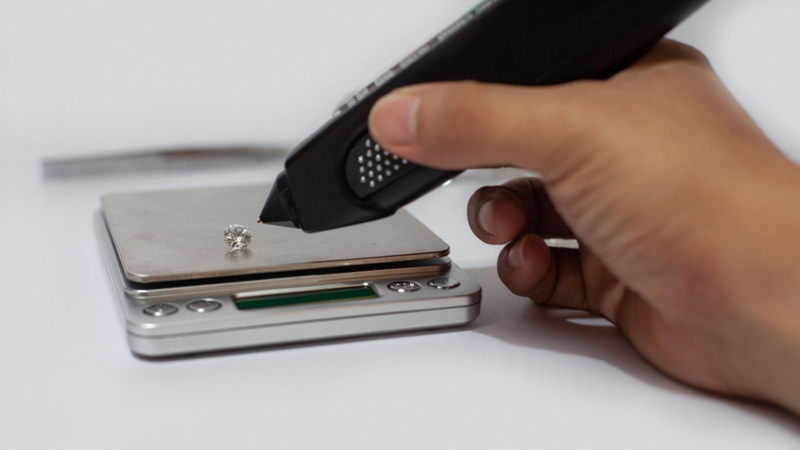
For determining the quality and grade of lab-created diamonds, a variety of methods and instruments are used. Among these methods are. These tests help gemologists in identifying between lab grown and natural diamonds, as well as analyzing their quality and characteristics.
1. Thermal Conductivity Testing
Thermal conductivity testing measured the ability of a diamond to conduct heat. Both natural and lab created diamonds have great thermal conductivity, making it difficult to distinguish them using this method alone. This test helps identify fake diamonds like cubic zirconia and moissanite, which don't conduct heat as well as real diamonds.
2. Raman Spectroscopy
Raman Spectroscopy is a non-destructive technique for analyzing the vibrational modes of a diamond's crystal structure. It can detect the presence of trace elements and contaminants that may suggest a lab-created origin. This approach is extremely effective in identifying HPHT and CVD synthetic diamonds from natural diamonds.
3. High Pressure High Temperature (HPHT) and Chemical Vapor Deposition (CVD) Testing
HPHT and CVD testing are concerned with the growth procedures used to manufacture lab-created diamonds. HPHT diamonds are formed under great pressure and temperature, whereas CVD diamonds are formed using chemical vapor deposition. These tests examine the inclusions and growth patterns unique to each approach, revealing information about the diamond's production process.
Can a Jeweler Tell If a Diamond Is Lab Grown?
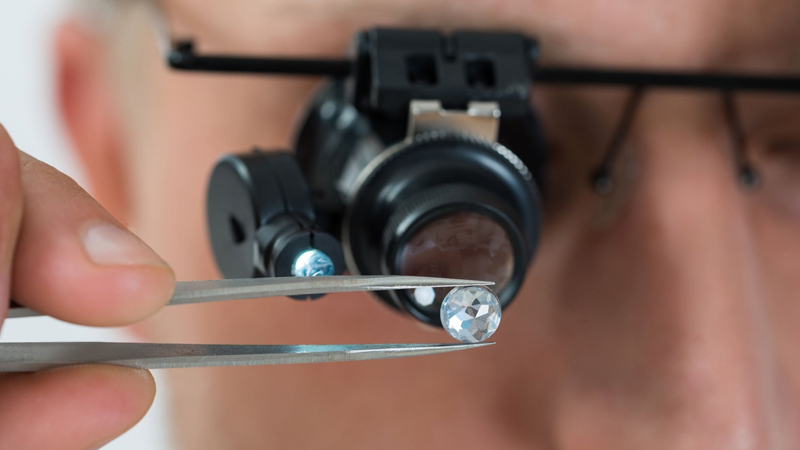
There is no way to tell the difference if the jeweler simply uses his or her naked eye. Even the most experienced diamond professionals can make a mistake.
A professional, on the other hand, should not rely on the naked eye. Even instruments like microscopes and loupes can't tell the difference between lab diamonds and natural diamonds. A trustworthy jeweler should send the diamond to a gemological lab with the necessary equipment.
Do Lab Diamonds Pass a Diamond Tester?
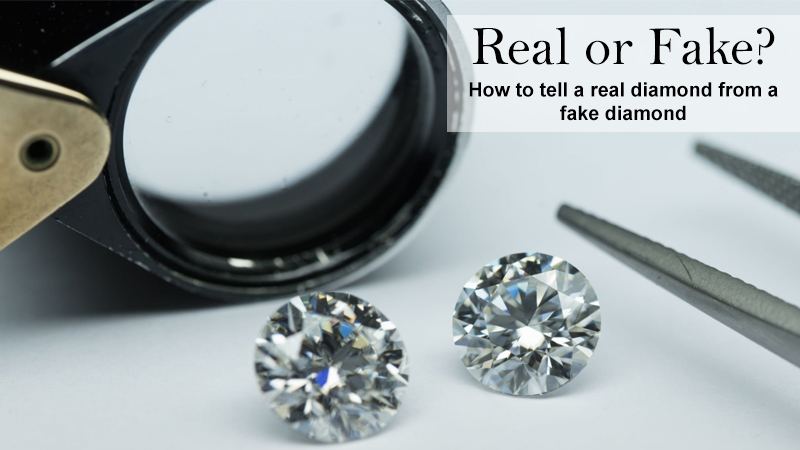
Many diamond ring and jewelry buyers will constantly wonder if lab test as real diamonds, can pass a diamond tester. Lab-grown diamonds are just like natural diamonds, passing lab grown diamond test real because they have the same physical and chemical properties. They are, after all, real.
A diamond tester, on the other hand, is designed to assist you in detecting fakes. So, what exactly is a forgery? We thought you'd never ask.
A diamond tester helps identify fake diamonds by distinguishing them from common imitations like plastic, glass, and silly putty. What exactly is a diamond simulants? Any material (other than diamond, of course) designed to mimic the beauty and brilliance of a diamond. This includes fake diamonds like cubic zirconia, Moissanite, white sapphire, quartz, and other materials with misleading names.
All of these materials transmit heat and electricity at different rates, indicating to a diamond tester that they are not real. Are all of them bad? No. They just aren't diamonds.
Natural Diamonds vs. Lab Grown Diamonds
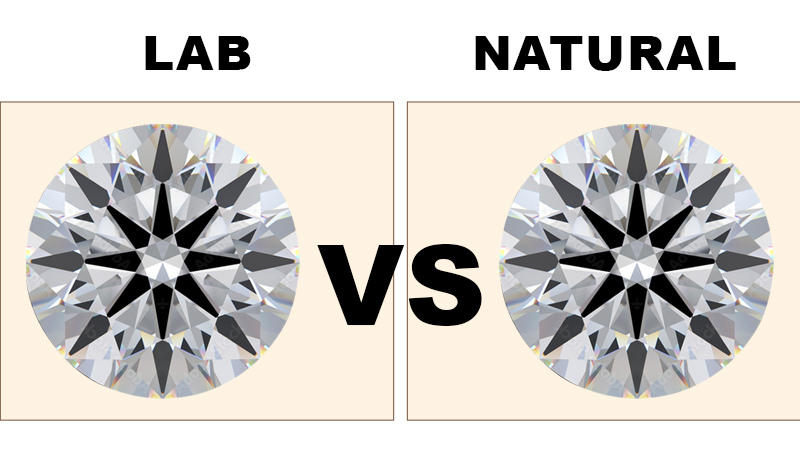
There are no physical differences between lab diamonds and natural diamonds, however there are differences in pricing and origin. Diamonds are grown and formed deep within the Earth over billions of years.
This process occurs due to intense heat and pressure. As a result, carbon transforms into a stunning gem. Scientists create lab diamonds using CVD and HPHT methods in a lab. These techniques involve high pressure, heat, and carbon-rich gas, resulting in diamonds formed within a few weeks.
Lab grown diamonds have the same value factors as real diamonds, called the 4Cs: carat weight, clarity, color, and cut. Bigger man-made diamonds that are clear, colorful, and well-cut cost more, while smaller or lower-quality diamonds are cheaper. Lab-grown diamonds usually have higher clarity and color grades compared to natural diamonds. This is because they are created in a controlled environment with fewer impurities.
Conclusion
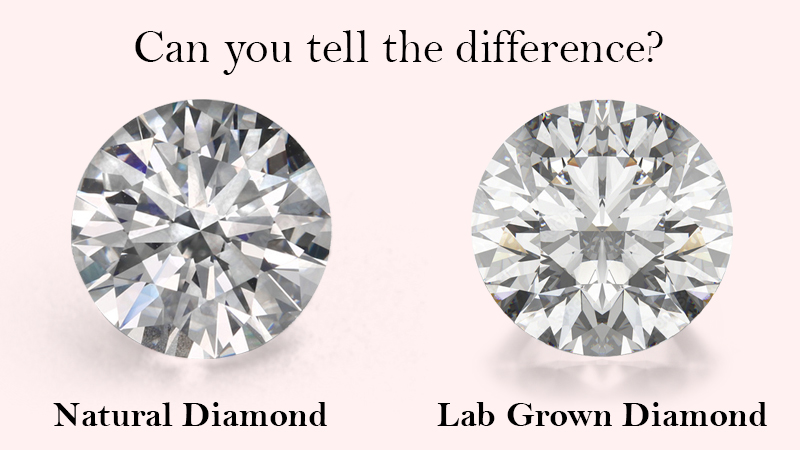
Lab-grown diamonds are genuine and can be verified as real diamonds by passing diamond tests, confirming their authenticity. People often question if lab created diamonds are real because they look so similar to natural diamonds. However, it is critical to note that lab created diamonds are real diamonds in all ways save their origin. To avoid the bother of recognizing lab diamonds, purchase from reputable retailers.

